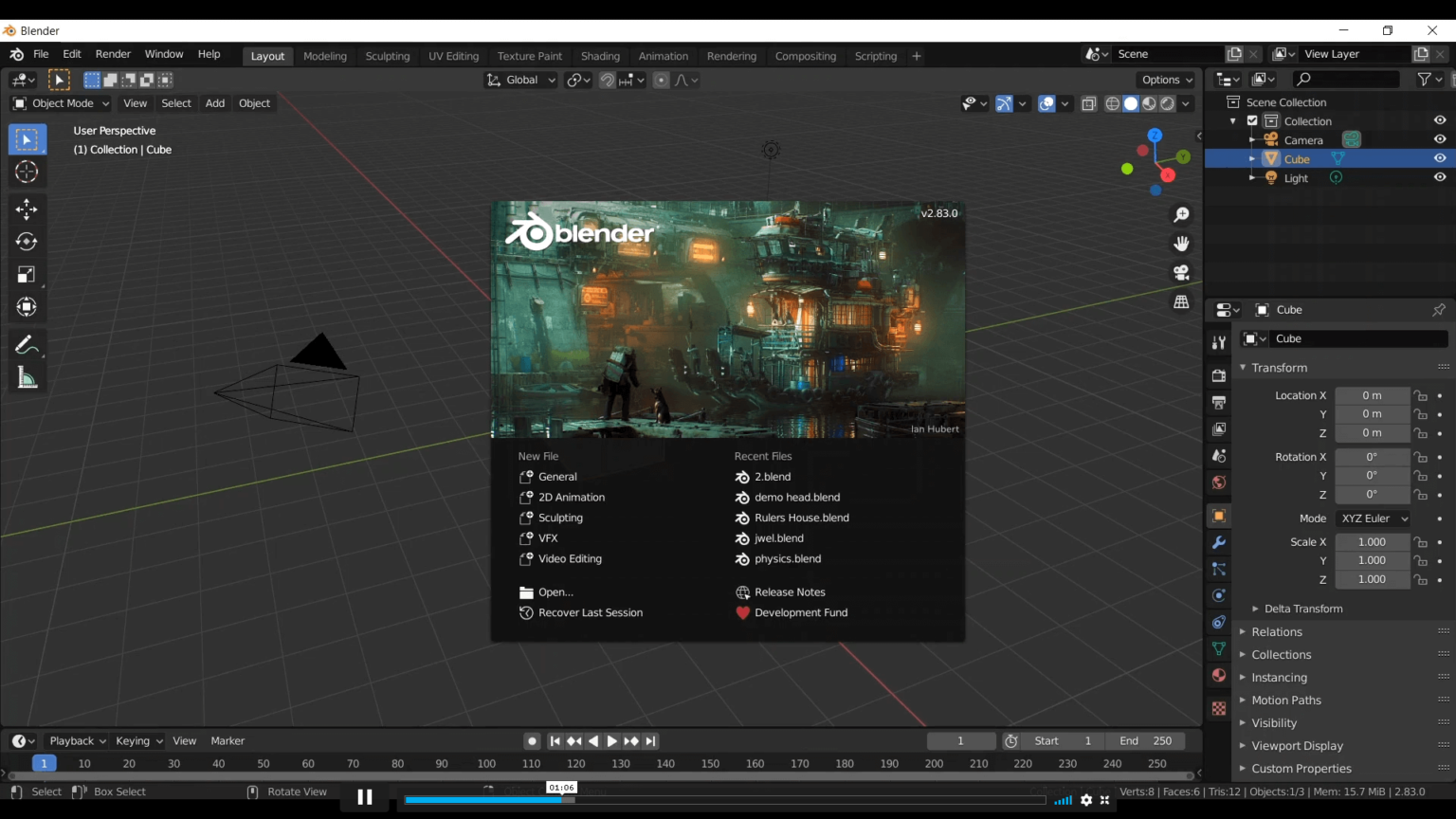
We will be able to create a facial rig using shape keys, bones with drivers and constraints, so our human character can get some facial expressions. Later on, we will continue with the rigging section.For the shading phase, we will learn different methods that we can use to create materials, such as painting textures in other digital painting software, applying textures found on the internet, creating and applying PBR maps, creating procedural textures, and using Blender’s own Texture Paint tool. When we finish modeling the human, we will continue by unwrapping all of the parts of the character creating its UV maps, so we can texture it later.We will make sure to work with the proper edge-flow for animation and we will model the face, body, hands, feet, hair, clothes, and shoes, all from scratch. We will use two techniques, the polygon modeling, and the curves modeling method. For our last and biggest project we will be creating a human character.

Here we will be using the polygon modeling technique which lets us model organic characters. Then we will create our second character which is a Mouse.Our first approach to 3D modeling will be by using the box modeling technique which will allow us to model a hard-surface character, we will be using reference images and some primitive 3D shapes to create a Robot.

When we finish getting the quick run-through of the Blender basics, we will actually start creating some characters.

We will get to know all of the very basics, how to navigate around the viewport, manipulate objects on the scene and learn some shortcuts so we can work more efficiently with the software.


 0 kommentar(er)
0 kommentar(er)
